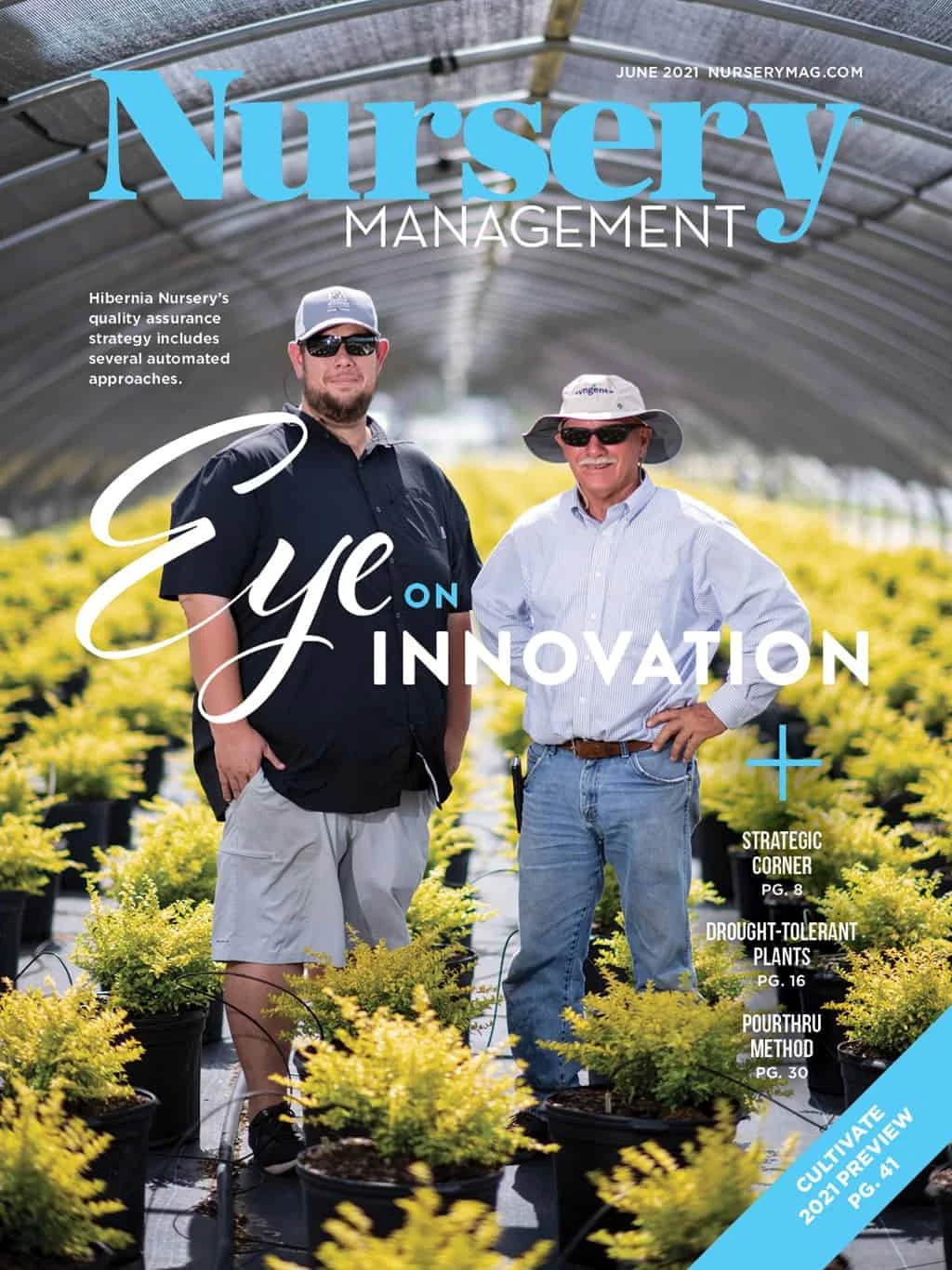
Paul Westervelt

What is the New Perennial Movement?
The new perennial movement uses lots of our plants on tight centers to make a naturalistic look to gardens. It’s the opposite of a parterre garden, which is always the same every day, forever, if you do it right. This changes throughout the seasons. It grabs people emotionally and brings them in in a way that our traditional sorts of gardens typically don’t. It has the potential to expand sales and expand the season.
How is it different than a typical landscape, and who is the target customer?
People who are embracing this garden style don’t ever want to be finished gardening. This engages people in a different sort of way that seems like it would be hugely beneficial to the industry.
It’s plants as mulch instead of mulch as mulch. It’s a lot better ecologically and it’s great for pollinators. It plays well with green infrastructure, particularly rain gardens and stormwater basins.
How did this design movement get started?
The movement started in the 1980s but it was slow to catch on. Some German and Dutch growers and landscape architecture firms in the U.S. started using big sweeps of perennials and lots of ornamental grasses. It bubbled up from people trying to find something different and wanting to use plants in a different way. The most well-recognized person in the movement is (Dutch garden designer) Piet Oudolf. He’s the primary face behind gardens like the Lurie Garden in Chicago, The High Line in New York City, but he’s also got more recent gardens too, like Belle Isle in Detroit which just was planted last year. There’s Delaware Botanic Garden in Southern Delaware that has a 2.5-acre planting of his — 40,000 plants. It’s incredible. He does public and private gardens in the U.S. and Europe.
What are some of the hallmarks of the style used by gardens of the new perennial movement?
They look like you’d want nature to look. You go to places that are just breathtaking from the natural diversity, like Schulenberg Prairie in Morton Arboretum. It’s a 75-acre prairie restoration, one of the oldest in the country, made by Ray Schulenberg. You visit there and you see Echinacea pallida spread out over acres and acres in these wonderful massive drifts, but not as dense as they would be if you planted them on tight centers. Then you go to the Lurie Garden which is only 20 miles east, and it’s a lot of that same plant palette squished down onto less than an acre. It’s a concentration of a wild space.
One of the things that is important in the style is form over flower. Oudolf says a plant’s not worth growing if it doesn’t look good dead. Which is a little tongue-in-cheek, but not completely! One of his goals is to look for beauty in places where you wouldn’t ordinarily expect to find it. The first time I saw the Lurie Garden was in February and it was breathtaking. February does not compare to June, of course, but compared to the typical February landscape around greater Chicago, it was heaven.
What can people expect to learn at your session?
An introduction to the style and some of the plants that I like best for it, as well as some of the trends it hits on. It’s great for pollinators; it embraces natives; it plays well with green infrastructure. There are lots of reasons why it’s compelling. It is a gorgeous, emotionally moving style.
Want to go? The New Perennial Movement: Why it Matters to Our Industry Saturday, July 10, 4:00 p.m.-5:00 p.m., A110
Paul Westervelt is the chief of container operations at Saunders Brothers, Inc., a wholesale nursery in Piney River, Va.

Explore the June 2021 Issue
Check out more from this issue and find your next story to read.
Latest from Nursery Management
- [WATCH] Winter is coming...but spring will bring disease
- Sam Hoadley talks about Mt. Cuba Center's latest evaluation of Solidago sp. for the Mid-Atlantic region
- Prices & Market Segments
- Countdown to shutdown
- All in the family
- From growing plants to growing people
- Weed Control Report
- Advocacy in action







